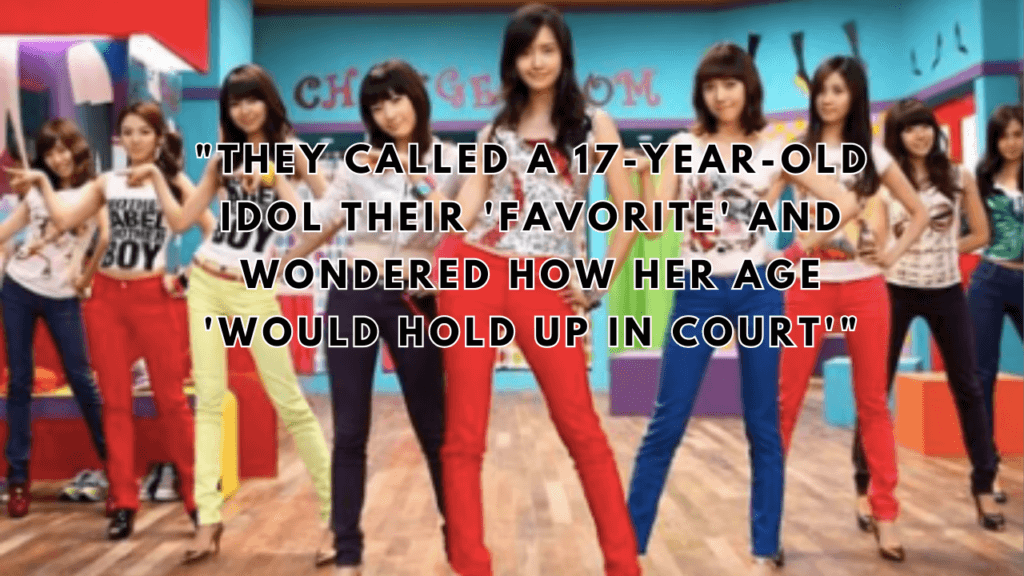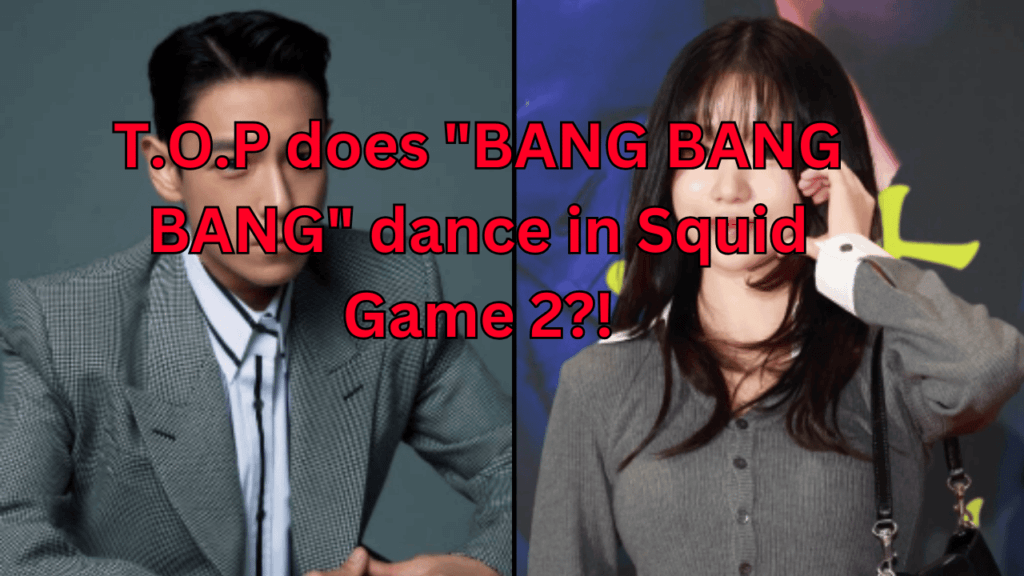When Western Media Failed to Understand Girls’ Generation
Girls’ Generation stands as one of the first K-Pop girl groups to gain worldwide fame. Fans, fellow artists, and music critics everywhere highly respect them. Their revolutionary concepts changed the landscape of K-pop forever. Their song “Gee” became an international sensation, breaking records across Asia. The group’s fashion choices influenced trends throughout South Korea and beyond. Their synchronized choreography set new standards for precision in K-pop performances.
See Also: Actor Lee Junki Battles Tax Office Over ₩900 Million Claim
Yet their journey to global recognition came with challenges. Their message was often misunderstood. They faced hypersexualization and exoticism. Worst of all, many overlooked their artistic talents. These issues reflect broader problems in how Western media portrayed Asian artists. The group faced an uphill battle for respect in an industry that wasn’t ready to take K-pop seriously. Despite these obstacles, they continued to break barriers and achieve unprecedented success.
Here are 3 times Western media misconstrued Girls’ Generation.
The New Yorker’s Manufacturing Narrative
The New Yorker published this piece by John Seabrook in 2012. He covered K-Pop history and SM Entertainment’s background. He connected this to his experience at the SMTOWN Live World Tour III in Anaheim, California. The article explained how SM Entertainment creates idol groups. But Seabrook downplayed the members’ musical contributions. Instead, he focused on what he saw as manufactured personalities. This perspective diminished years of training and personal sacrifice by each member.
He once asked Tiffany Young if her eye smile was taught or natural. Tiffany told him it came from her father. This genuine answer contradicted his factory-made narrative. Yet he continued pushing this angle throughout the article. Seabrook seemed determined to present the members as products rather than artists. He viewed their performances through a lens of skepticism rather than appreciation.
Seabrook also claimed Sooyoung changed from a “cold idol” to a “super cheerleader” on stage. He used this to suggest members changed their personalities to please fans. This observation ignored how performers worldwide adopt stage personas. From rock stars to Broadway actors, performance personas are standard in entertainment. Applying this criticism specifically to K-pop revealed a cultural bias.
Additionally, he boldly stated K-Pop boy groups would never succeed in America. This statement came right after describing SHINee’s performance in the same article. History has proven this prediction embarrassingly wrong. Groups like BTS have broken countless records in the American market. This failed prediction highlighted Seabrook’s limited understanding of K-pop’s potential appeal.
Complex Magazine’s Inappropriate Objectification
Brendan Frederick wrote this Complex article in 2009 after “Gee” was released. He referred to the members as “faceless Korean fembots” in the piece. This dehumanizing language stripped away their individuality and artistic identities. It reduced accomplished performers to exotic curiosities rather than serious artists. Such descriptions would never be applied to Western pop stars of similar stature.
He also wrote inappropriate descriptions of each member. His comments about Jessica were especially unsuitable. These descriptions focused on their appearances rather than their talents. The article treated the members as objects for male consumption. This approach ignored their musical achievements and cultural impact in Asia. It also reinforced harmful stereotypes about Asian women.
He called Seohyun, only 17 at the time, his favorite member. He mentioned she was 18 in Korean age but 17 internationally. Then he made an inappropriate comment about how that would work in American courts. These remarks about a teenage performer crossed professional boundaries. They demonstrated a disturbing willingness to sexualize a minor. This approach would be condemned in coverage of Western artists.
Frederick also criticized Taeyeon’s vocal abilities. He incorrectly stated she was the first to debut solo. Then he questioned what he called her “dubious singing ability.” This criticism contradicted industry recognition of Taeyeon’s exceptional talent. She later became one of K-pop’s most respected vocalists. His dismissive comments revealed a lack of research or understanding of her abilities.
Vice’s Misrepresentation of Artistic Vision
Jakob Dorof wrote this Vice article in 2014 during the “Mr.Mr.” era. In their interview, Sunny explained the “Mr.Mr.” video concept. She said it was “about reviving the confidence of men that have lost courage.” She added it was about “encouraging them to let go of their apprehensions.” This quote inspired the article’s title. However, the reporter missed Girls’ Generation’s broader message of female empowerment.
He focused only on this single music video concept. This narrow focus ignored years of empowering songs and performances. Hits like “Run Devil Run” and “The Boys” showcased strong, confident women. These songs portrayed women taking control of relationships and their lives. By focusing on one quote about one concept, Dorof misrepresented their overall artistic direction.
The members shared many more interesting topics during the interview. They revealed a lighting adapter caught fire during filming. This behind-the-scenes challenge demonstrated the difficulties they faced in production. Yet this compelling story was overlooked in favor of a misleading angle. They talked about preparing for another Japanese tour. Their international success story deserved more attention.
They discussed practicing exact step distances before their debut. This detail highlighted their dedication to perfection in performances. Their commitment to excellence explained their longevity in a competitive industry. They also shared thoughts on K-Pop’s growing global appeal. Their perspective as pioneers in K-pop’s globalization offered valuable insights. Any of these topics could have made better article titles.
How Media Representation Affects Global Perception
These examples demonstrate persistent problems in how Western media portrayed Girls’ Generation. Their treatment reflects broader issues in cross-cultural reporting. Asian artists often face stereotyping and dismissive coverage in Western publications. This biased reporting creates barriers to fair recognition of their talents.
Media representation shapes how audiences perceive artists from other cultures. When publications like The New Yorker, Complex, and Vice misrepresent Asian performers, it reinforces harmful stereotypes. It creates an uneven playing field for international artists seeking global recognition. It also deprives Western audiences of a deeper understanding of K-pop’s artistic merits.
Thankfully, media coverage has improved as K-pop has gained more global recognition. Publications now employ writers with greater knowledge of Korean culture. Many outlets hire journalists who specialize in K-pop and understand its nuances. Social media has also allowed fans to challenge misleading narratives directly. Artists can now communicate with global audiences without traditional media gatekeepers.
Girls’ Generation paved the way for better representation of K-pop artists worldwide. Their perseverance despite disrespectful coverage helped change perceptions. They showed that K-pop deserved serious consideration as a global cultural force. Their legacy includes not just musical innovation, but also breaking down barriers for Asian artists in Western media.






